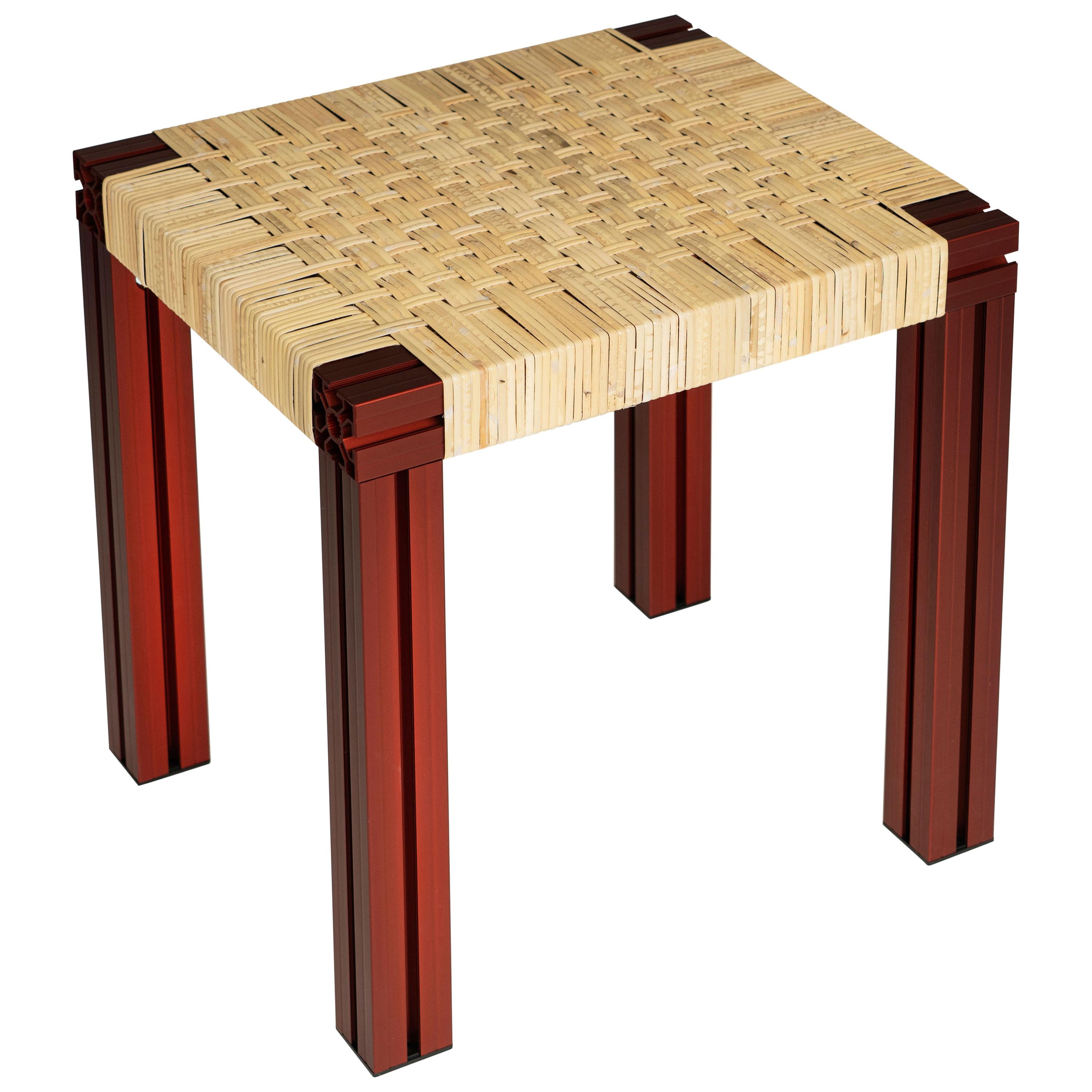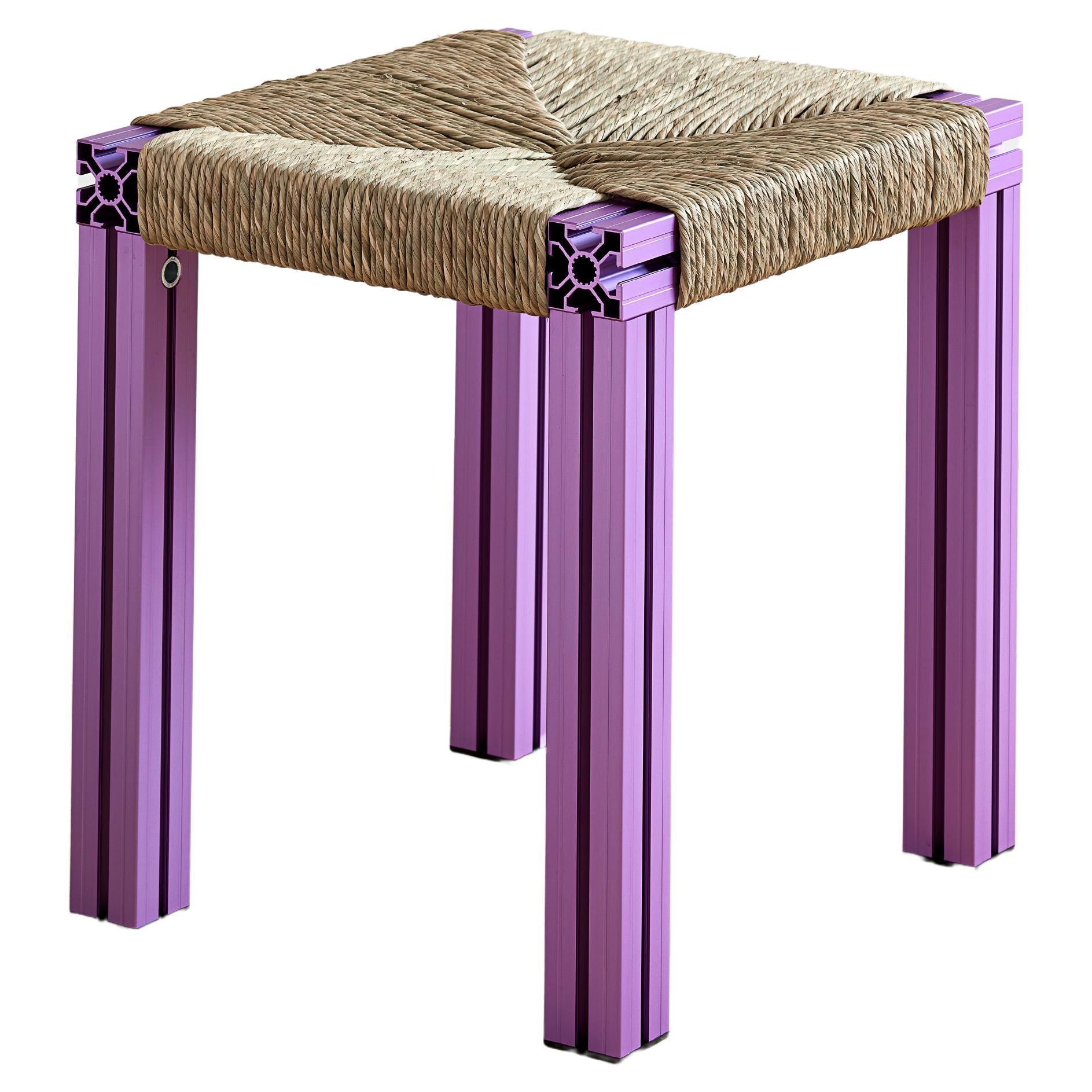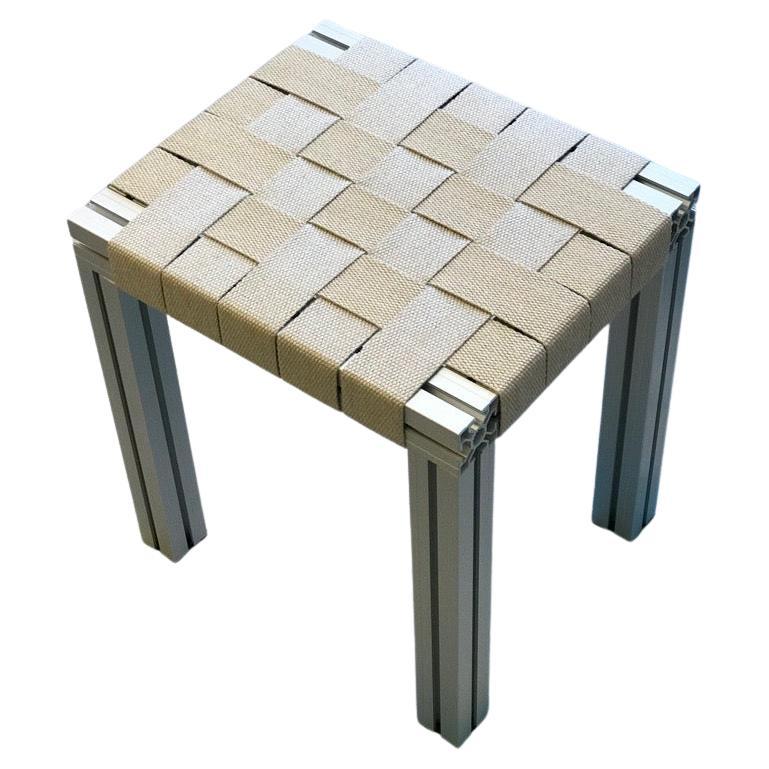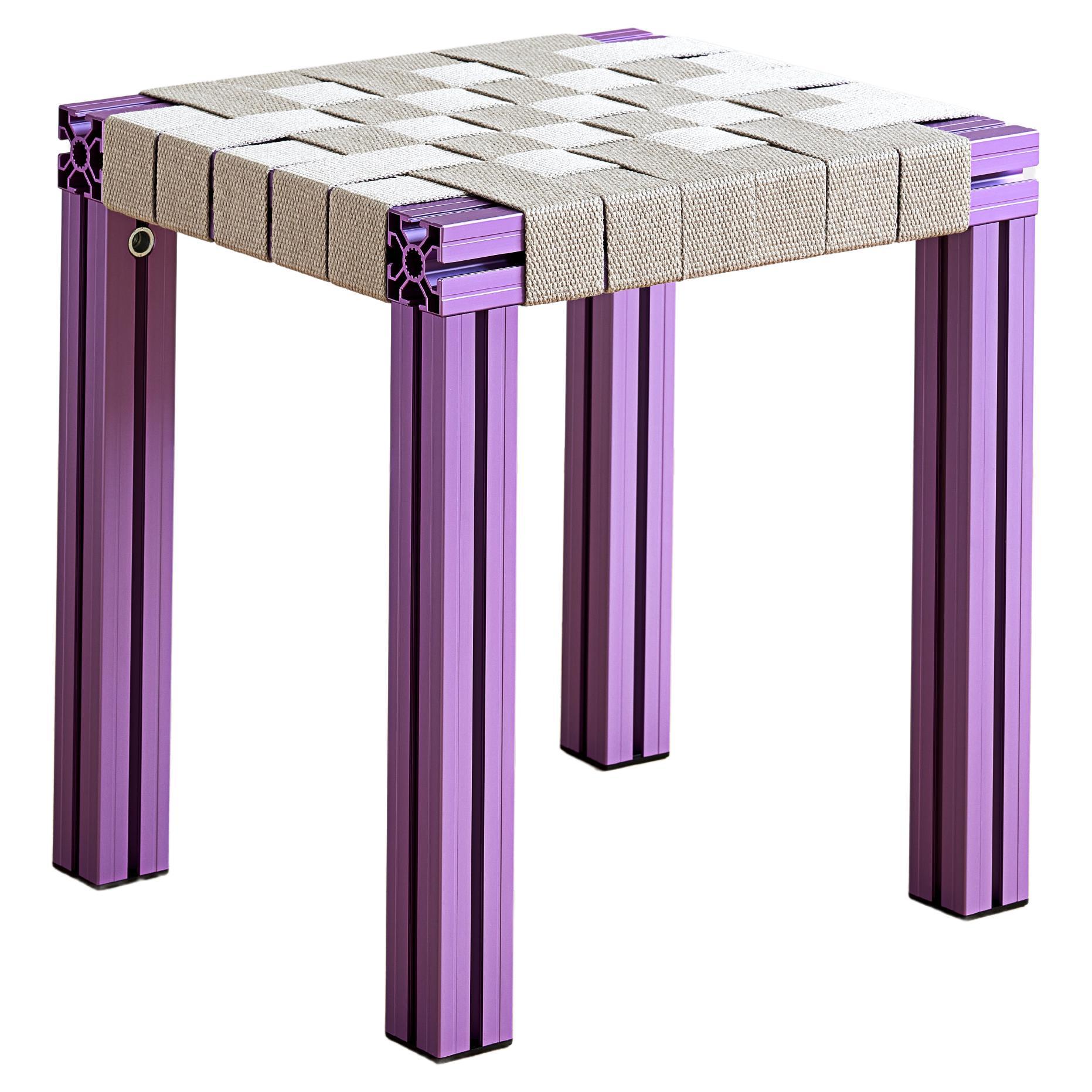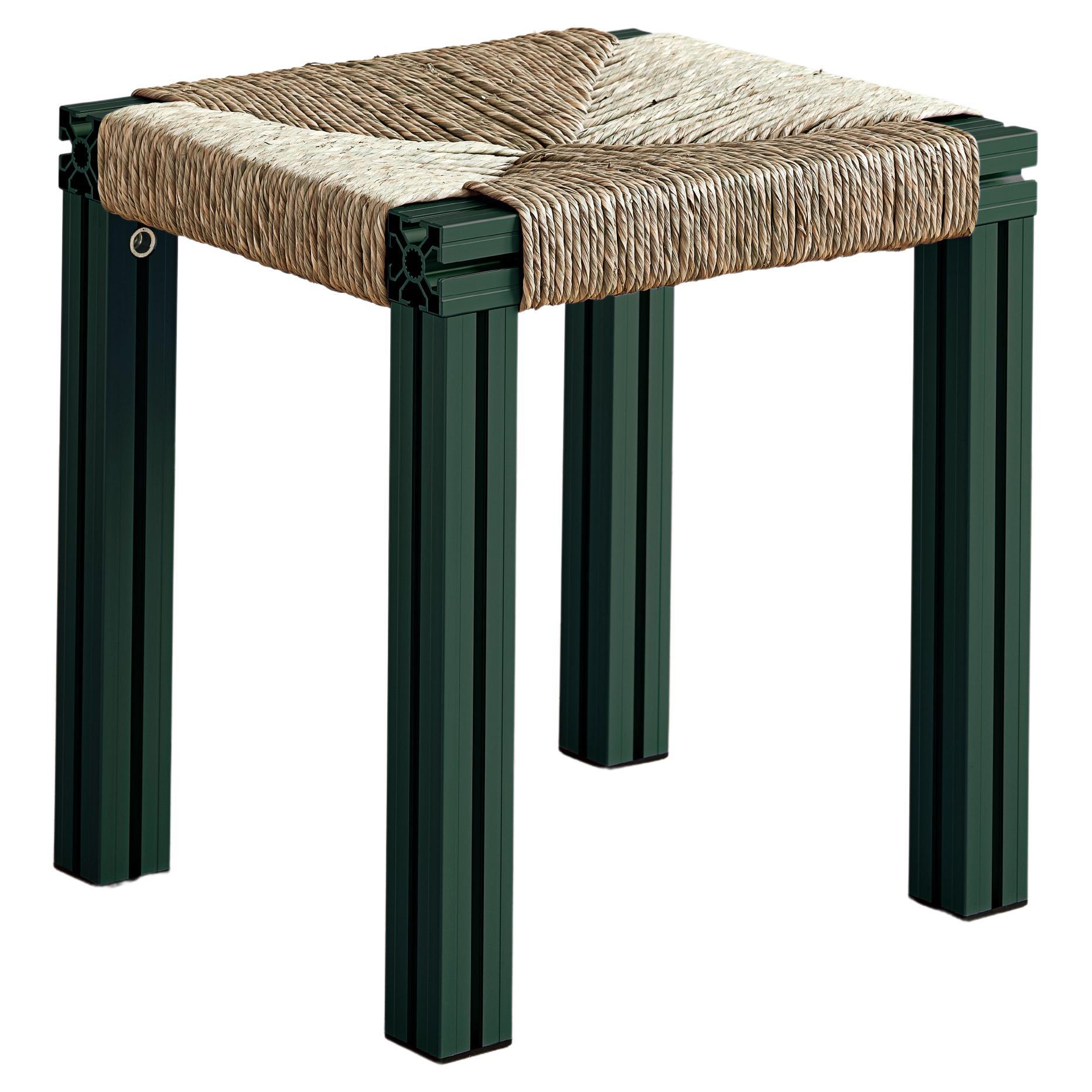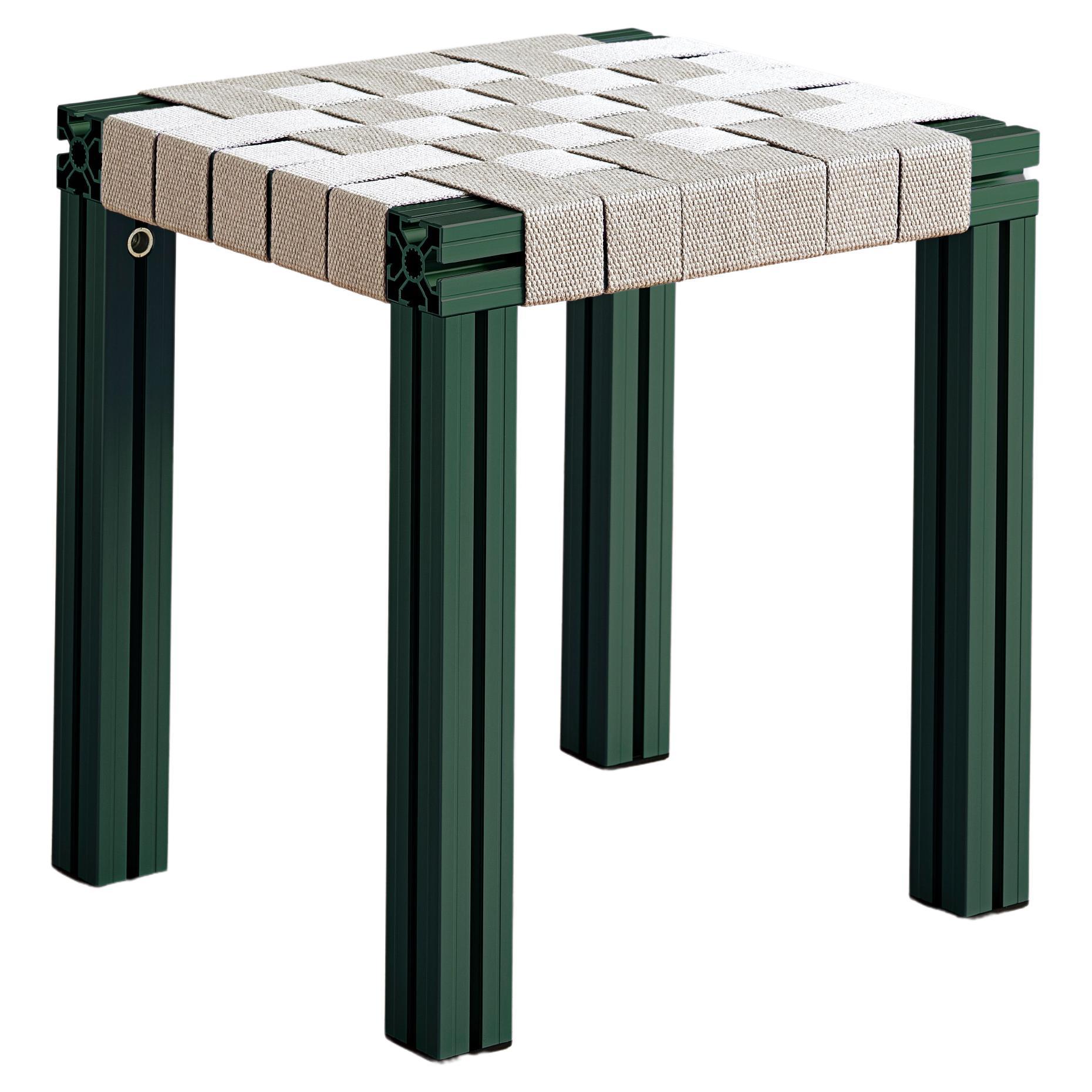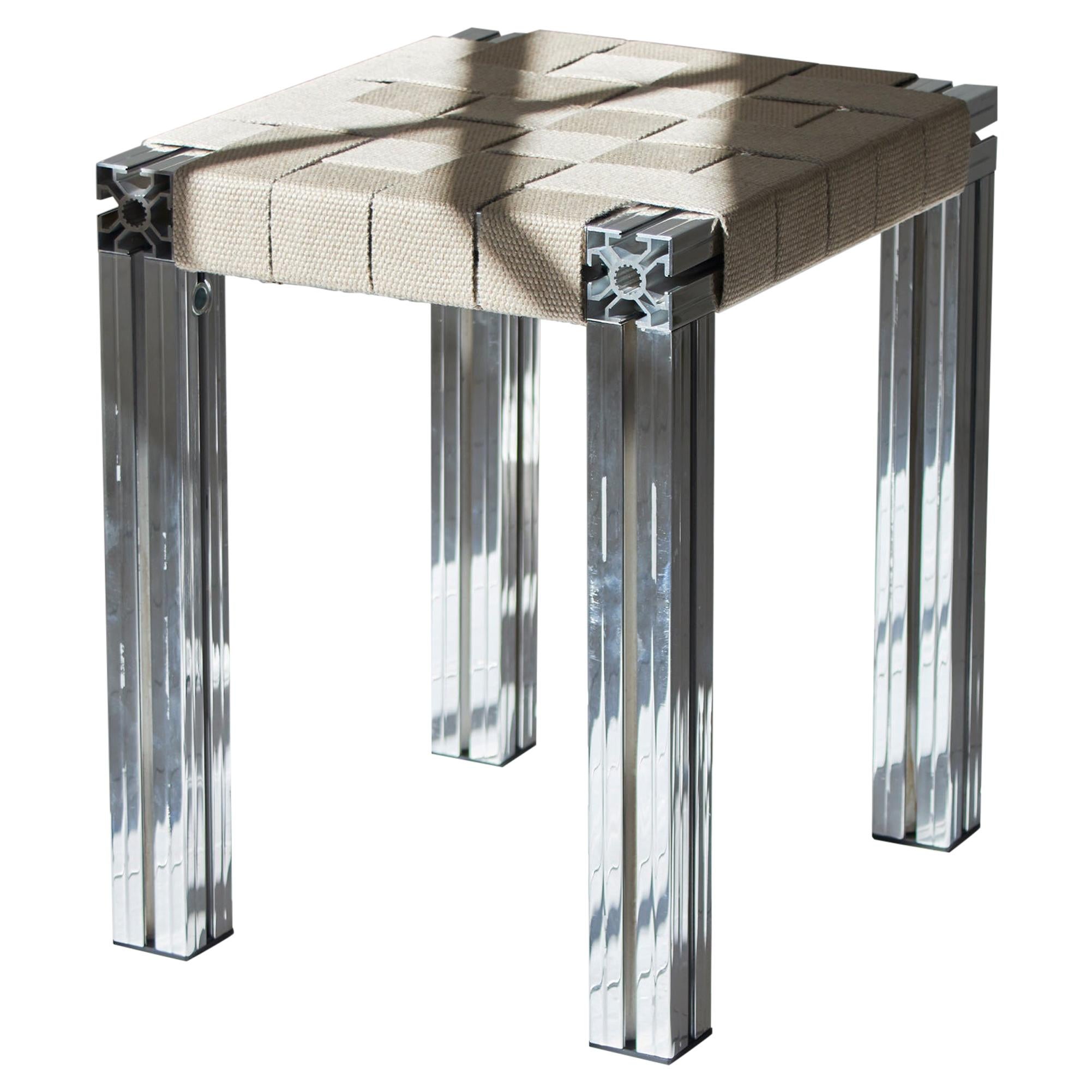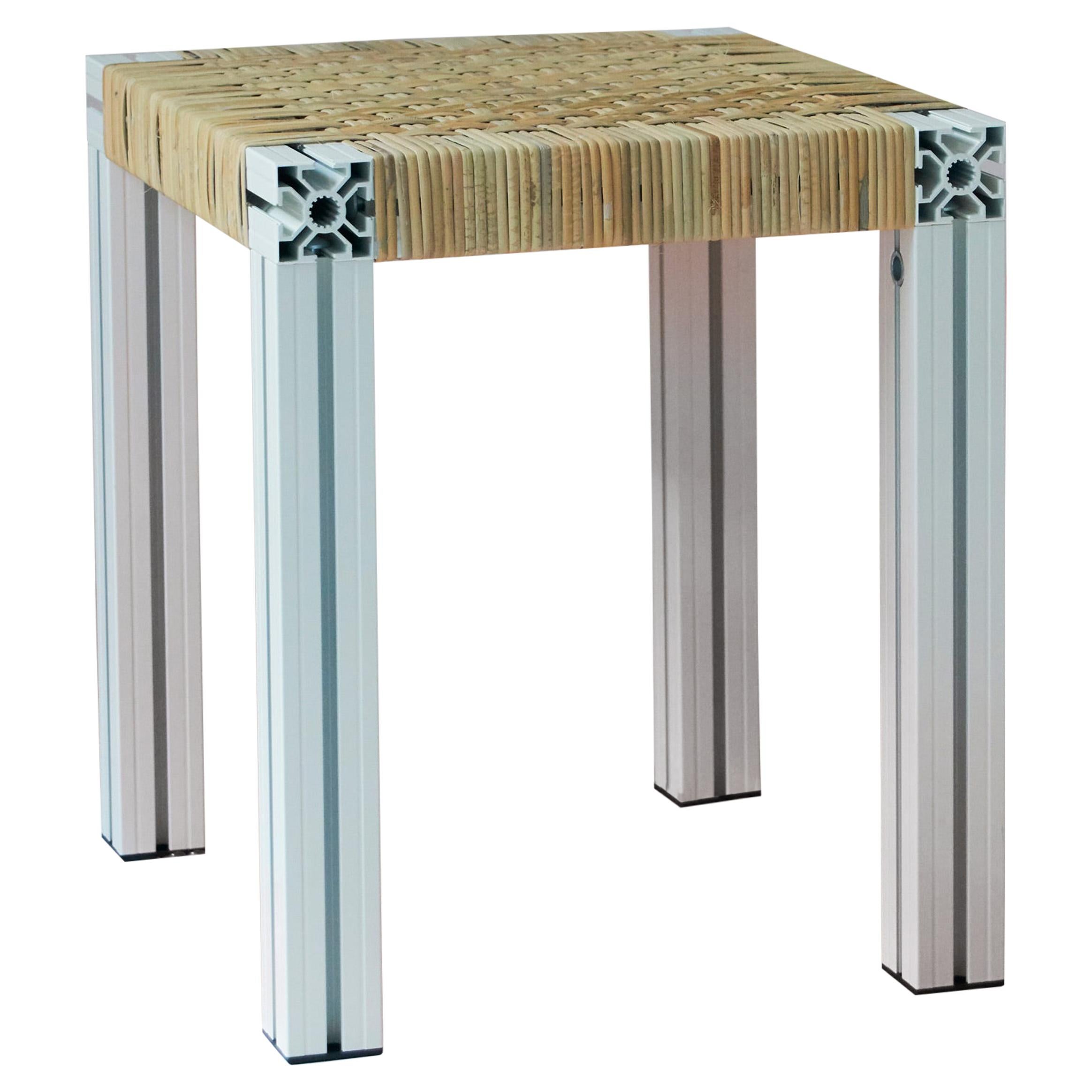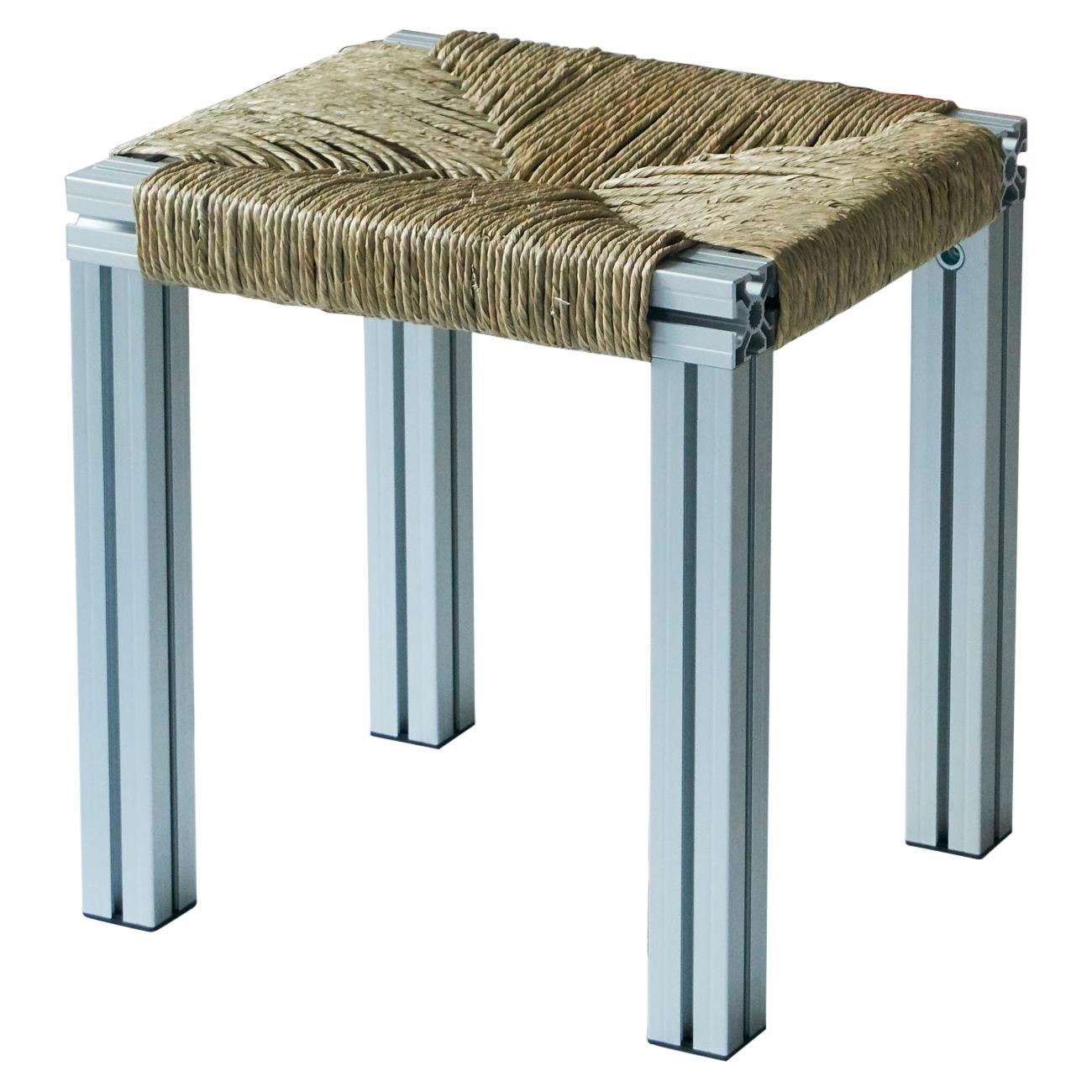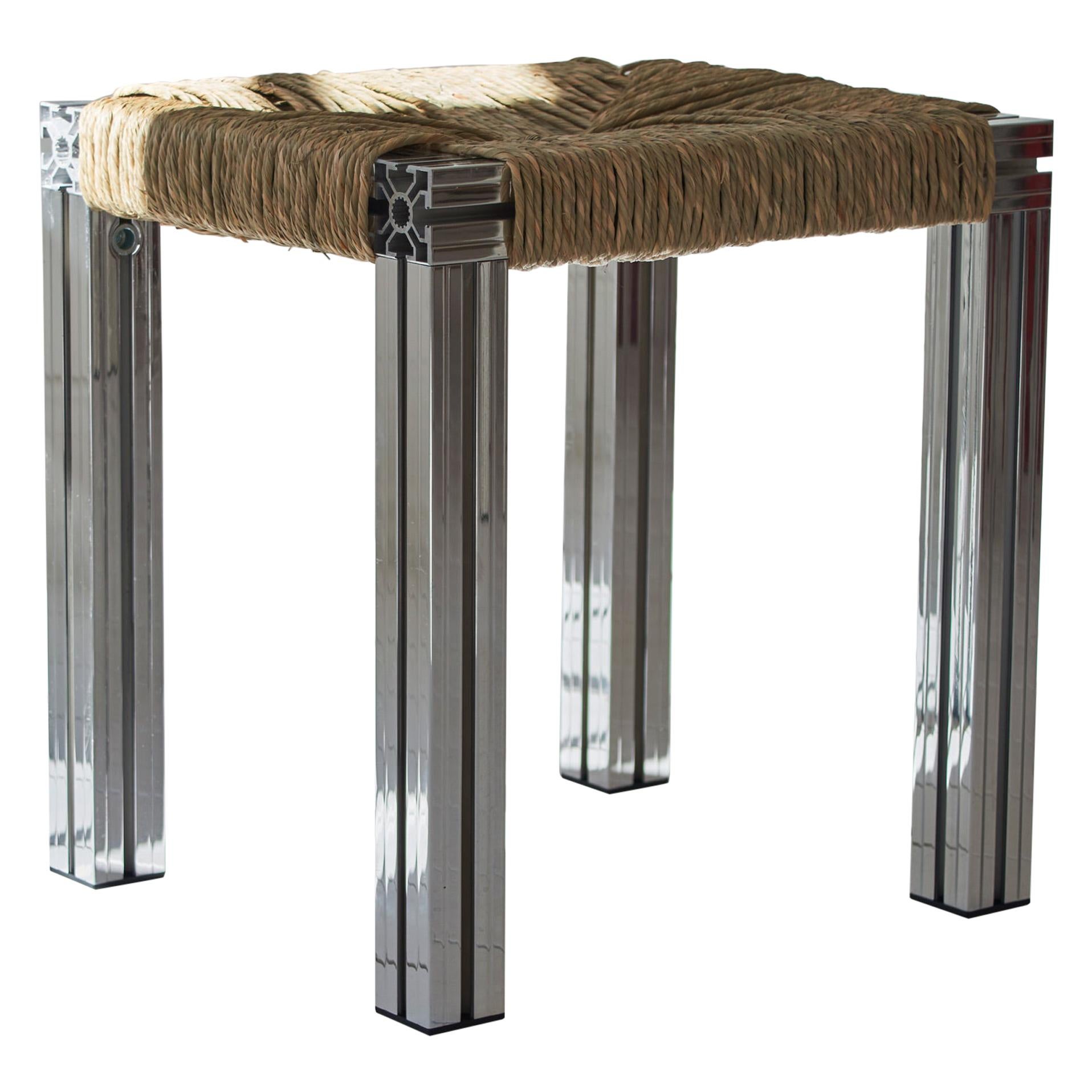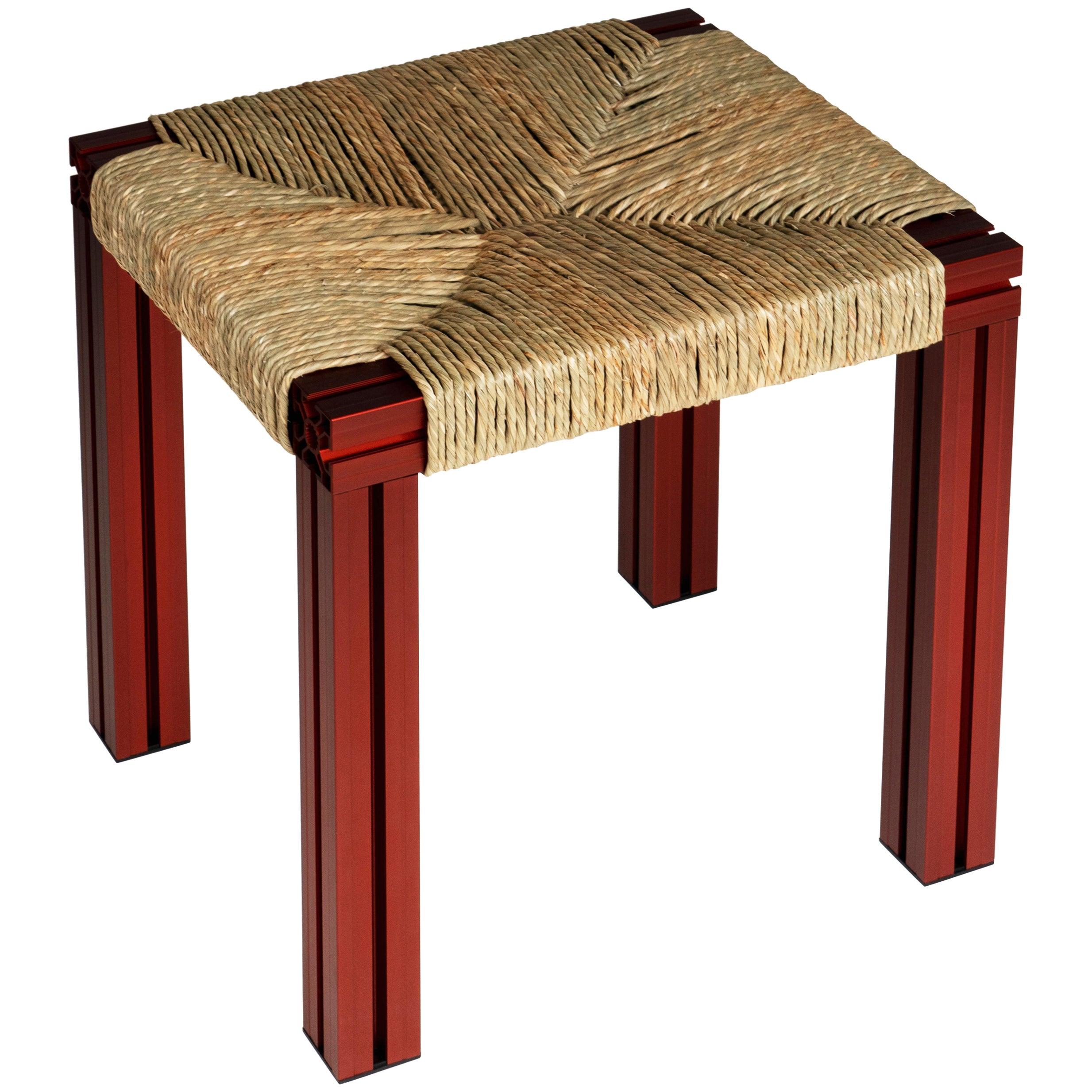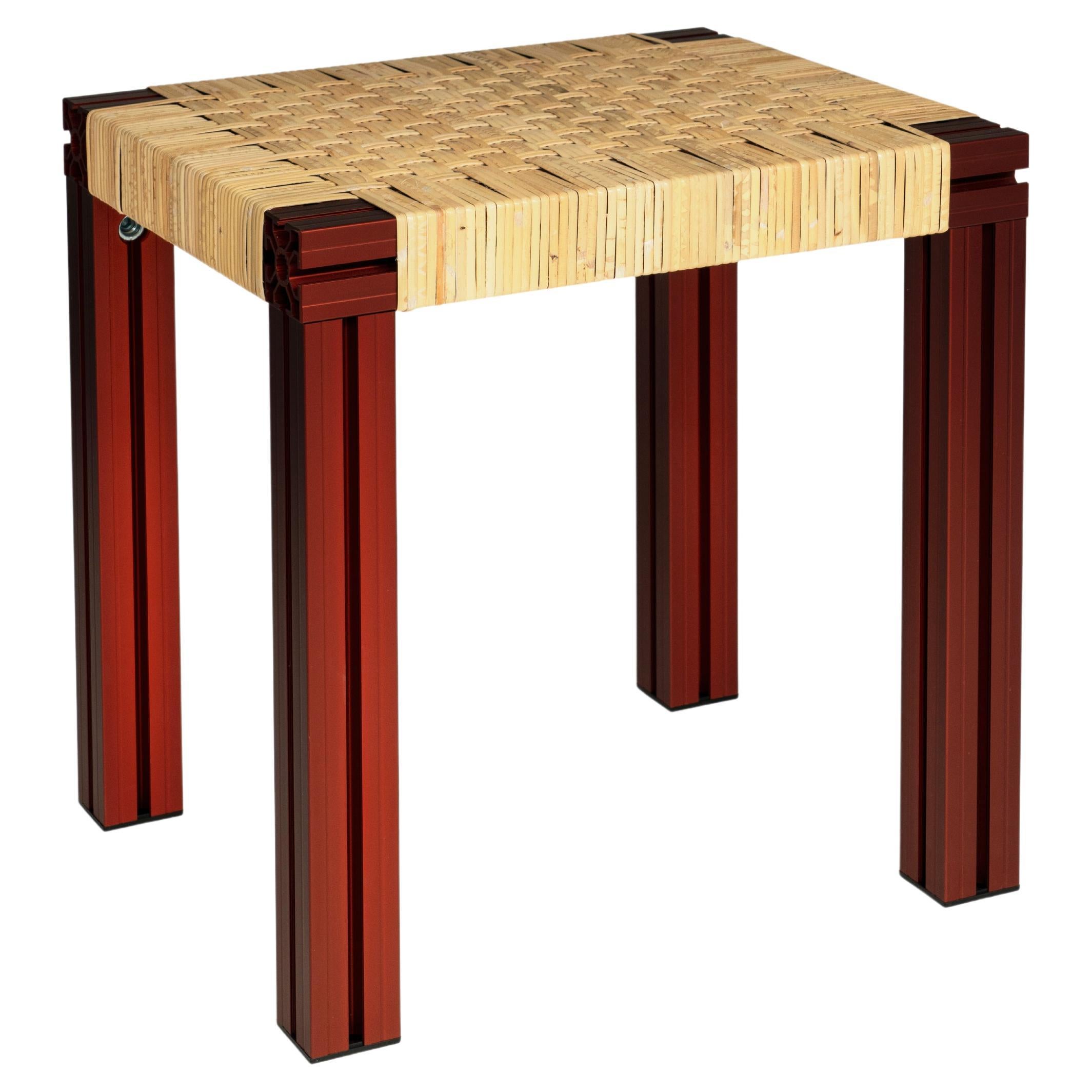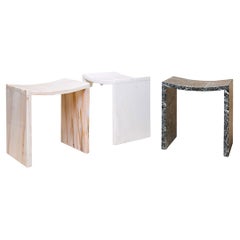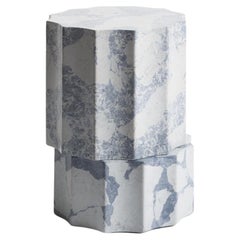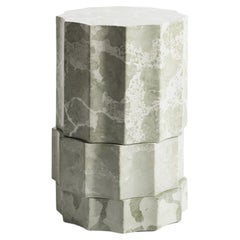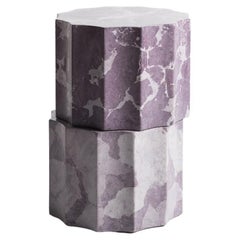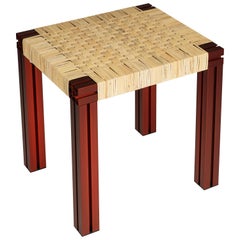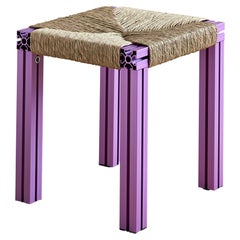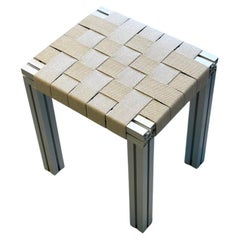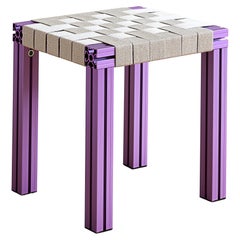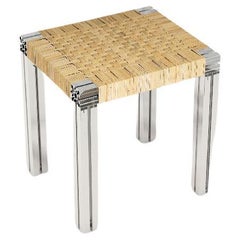
Anodised Wicker Stool by Tino Seubert
View Similar Items
Want more images or videos?
Request additional images or videos from the seller
1 of 4
Anodised Wicker Stool by Tino Seubert
About the Item
- Creator:Tino Seubert (Designer)
- Dimensions:Height: 17.72 in (45 cm)Width: 14.97 in (38 cm)Depth: 16.93 in (43 cm)Seat Height: 17.72 in (45 cm)
- Materials and Techniques:
- Place of Origin:
- Period:
- Date of Manufacture:2022
- Production Type:New & Custom(Current Production)
- Estimated Production Time:11-12 weeks
- Condition:
- Seller Location:Pireaus-Athens, GR
- Reference Number:1stDibs: LU1571226840122
About the Seller
No Reviews Yet
Recognized Seller
These prestigious sellers are industry leaders and represent the highest echelon for item quality and design.
Established in 2011
1stDibs seller since 2015
18 sales on 1stDibs
Typical response time: A week
Authenticity Guarantee
In the unlikely event there’s an issue with an item’s authenticity, contact us within 1 year for a full refund. DetailsMoney-Back Guarantee
If your item is not as described, is damaged in transit, or does not arrive, contact us within 7 days for a full refund. Details24-Hour Cancellation
You have a 24-hour grace period in which to reconsider your purchase, with no questions asked.Vetted Professional Sellers
Our world-class sellers must adhere to strict standards for service and quality, maintaining the integrity of our listings.Price-Match Guarantee
If you find that a seller listed the same item for a lower price elsewhere, we’ll match it.Trusted Global Delivery
Our best-in-class carrier network provides specialized shipping options worldwide, including custom delivery.More From This Seller
View AllBent Stools by Objects of Common Interest
By Objects of Common Interest
Located in Pireaus-Athens, Greece
Objects of common interest is formed by Eleni Petaloti and Leonidas Trampoukis with the focus in creating still life installations and experiential environments and objects, demonstr...
Category
2010s Stools
Materials
Stone, Marble
Domus Pompeii Efebo Stool by Roberto Sironi
By Roberto Sironi
Located in Pireaus-Athens, Greece
Rediscovered in 1748, after being buried for almost two millennia under a blanket of lava and ash following the eruption of Vesuvius, Pompeii redefines our relationship with the past
through its generative potential between reality and imagination.
Defined by Goethe “An incredible place, worthy of peaceful thoughts”, Pompeii has the power to transform inanimate archaeological material into narrative matter, merging past and present in a relationship of reciprocity and interaction.
Exploring the site, today as then, it is possible to admire the interiors decorated with frescoes that reproduce architectural partitions or that tell stories of myths and divinities, in rooms set up with marble elements that the owner used to display his most precious objects.
The Pompeian frescoes were made according to different techniques with colors obtained from earth and minerals such as cinnabar (Pompeian red), ochres (Pompeian yellow), by oxidation processes of metals as in the case of cerulean or by the pulverization of roots and animal bones as in case of greens and blacks.
DOMUS POMPEII is a capsule collection of five side...
Category
2010s Side Tables
Materials
Marble
Domus Pompeii Fauno Stool by Roberto Sironi
By Roberto Sironi
Located in Pireaus-Athens, Greece
Rediscovered in 1748, after being buried for almost two millennia under a blanket of lava and ash following the eruption of Vesuvius, Pompeii redefines our relationship with the past
through its generative potential between reality and imagination.
Defined by Goethe “An incredible place, worthy of peaceful thoughts”, Pompeii has the power to transform inanimate archaeological material into narrative matter, merging past and present in a relationship of reciprocity and interaction.
Exploring the site, today as then, it is possible to admire the interiors decorated with frescoes that reproduce architectural partitions or that tell stories of myths and divinities, in rooms set up with marble elements that the owner used to display his most precious objects.
The Pompeian frescoes were made according to different techniques with colors obtained from earth and minerals such as cinnabar (Pompeian red), ochres (Pompeian yellow), by oxidation processes of metals as in the case of cerulean or by the pulverization of roots and animal bones as in case of greens and blacks.
DOMUS POMPEII is a capsule collection of five side...
Category
2010s Side Tables
Materials
Marble
Domus Pompeii Menandro Stool by Roberto Sironi
By Roberto Sironi
Located in Pireaus-Athens, Greece
Rediscovered in 1748, after being buried for almost two millennia under a blanket of lava and ash following the eruption of Vesuvius, Pompeii redefines our relationship with the past
through its generative potential between reality and imagination.
Defined by Goethe “An incredible place, worthy of peaceful thoughts”, Pompeii has the power to transform inanimate archaeological material into narrative matter, merging past and present in a relationship of reciprocity and interaction.
Exploring the site, today as then, it is possible to admire the interiors decorated with frescoes that reproduce architectural partitions or that tell stories of myths and divinities, in rooms set up with marble elements that the owner used to display his most precious objects.
The Pompeian frescoes were made according to different techniques with colors obtained from earth and minerals such as cinnabar (Pompeian red), ochres (Pompeian yellow), by oxidation processes of metals as in the case of cerulean or by the pulverization of roots and animal bones as in case of greens and blacks.
DOMUS POMPEII is a capsule collection of five side...
Category
2010s Side Tables
Materials
Marble
Domus Pompeii Dioscuri Stool by Roberto Sironi
By Roberto Sironi
Located in Pireaus-Athens, Greece
Rediscovered in 1748, after being buried for almost two millennia under a blanket of lava and ash following the eruption of Vesuvius, Pompeii redefines our relationship with the past
through its generative potential between reality and imagination.
Defined by Goethe “An incredible place, worthy of peaceful thoughts”, Pompeii has the power to transform inanimate archaeological material into narrative matter, merging past and present in a relationship of reciprocity and interaction.
Exploring the site, today as then, it is possible to admire the interiors decorated with frescoes that reproduce architectural partitions or that tell stories of myths and divinities, in rooms set up with marble elements that the owner used to display his most precious objects.
The Pompeian frescoes were made according to different techniques with colors obtained from earth and minerals such as cinnabar (Pompeian red), ochres (Pompeian yellow), by oxidation processes of metals as in the case of cerulean or by the pulverization of roots and animal bones as in case of greens and blacks.
DOMUS POMPEII is a capsule collection of five side...
Category
2010s Side Tables
Materials
Marble
Domus Pompeii Vettii Stool by Roberto Sironi
By Roberto Sironi
Located in Pireaus-Athens, Greece
Rediscovered in 1748, after being buried for almost two millennia under a blanket of lava and ash following the eruption of Vesuvius, Pompeii redefines our relationship with the past
through its generative potential between reality and imagination.
Defined by Goethe “An incredible place, worthy of peaceful thoughts”, Pompeii has the power to transform inanimate archaeological material into narrative matter, merging past and present in a relationship of reciprocity and interaction.
Exploring the site, today as then, it is possible to admire the interiors decorated with frescoes that reproduce architectural partitions or that tell stories of myths and divinities, in rooms set up with marble elements that the owner used to display his most precious objects.
The Pompeian frescoes were made according to different techniques with colors obtained from earth and minerals such as cinnabar (Pompeian red), ochres (Pompeian yellow), by oxidation processes of metals as in the case of cerulean or by the pulverization of roots and animal bones as in case of greens and blacks.
DOMUS POMPEII is a capsule collection of five side...
Category
2010s Stools
Materials
Marble
You May Also Like
Red Aluminium Stool with Lapping Cane Seating from Anodised Wicker Collection
By Tino Seubert
Located in London, GB
Originally realised for the Hepworth Gallery in Wakefield and inspired by Donald Judd and Børge Mogensen, Anodised Wicker marries industrially extruded and anodised aluminium with ha...
Category
2010s British Modern Stools
Materials
Aluminum
Lavender Aluminium Stool with Reel Rush Seating from Anodised Wicker Collection
By Tino Seubert
Located in London, GB
Originally realised for the Hepworth Gallery in Wakefield and inspired by Donald Judd and Børge Mogensen, Anodised Wicker marries industrially extruded and anodised aluminium with ha...
Category
2010s British Modern Stools
Materials
Aluminum
Grey Aluminium Stool with Flax Webbing Seat from Anodised Wicker Collection
By Tino Seubert
Located in London, GB
Originally realised for the Hepworth Gallery in Wakefield and inspired by Donald Judd and Børge Mogensen, Anodised Wicker marries industrially extruded and anodised aluminium with ha...
Category
2010s British Modern Stools
Materials
Aluminum
Lavender Aluminium Stool with Flax Webbing Seat from Anodised Wicker Collection
By Tino Seubert
Located in London, GB
Originally realised for the Hepworth Gallery in Wakefield and inspired by Donald Judd and Børge Mogensen, Anodised Wicker marries industrially extruded and anodised aluminium with ha...
Category
2010s British Modern Stools
Materials
Aluminum
Green Aluminium Stool with Reel Rush Seating from Anodised Wicker Collection
By Tino Seubert
Located in London, GB
Originally realised for the Hepworth Gallery in Wakefield and inspired by Donald Judd and Børge Mogensen, Anodised Wicker marries industrially extruded and anodised aluminium with ha...
Category
2010s British Modern Stools
Materials
Aluminum
Green Aluminium Stool with Flax Webbing Seat from Anodised Wicker Collection
By Tino Seubert
Located in London, GB
Originally realised for the Hepworth Gallery in Wakefield and inspired by Donald Judd and Børge Mogensen, Anodised Wicker marries industrially extruded and anodised aluminium with ha...
Category
2010s British Modern Stools
Materials
Aluminum
Recently Viewed
View AllMore Ways To Browse
Mexican Bas
Mexican Folk Art Candelabra
Mexican Shot Glass
Mexican Toy Antique
Mexican Vintage Movie Posters
Mexican Wrought Iron Chairs
Michael and Frances Higgins On Sale
Michael Graves Cocktail
Michael Graves Kettle
Michael Schoeller
Michael Taylor Stone Dining Table
Mid Century Gun Cabinet
Mid Century Ice Bucket Chinese
Mid Century Modern Hifi Cabinet
Mid Century Plane Stainless
Mid Century Tanker Desk
Midcentury Tanker Desk
Milan Metelak
